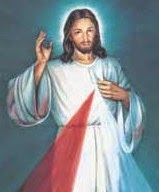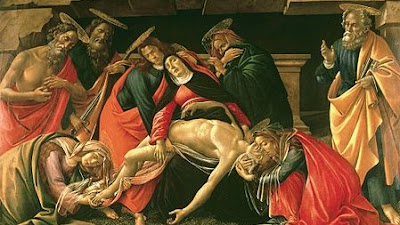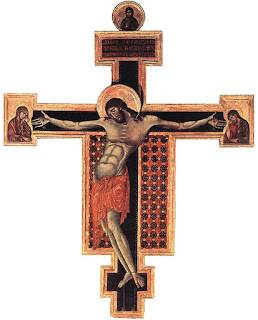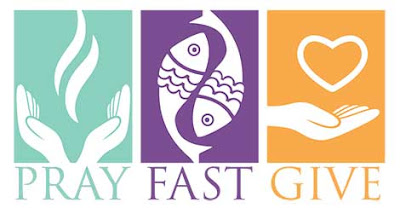Holy Week 2021: The Great Week Celebrates Our Salvation

In the first centuries of the Church, the week preceding the solemnity of Easter was called the “Great Week.” Then as now, Holy Week is the commemoration of the successful conclusion of the work of salvation accomplished by our Lord, starting with Christ’s triumphant entrance into Jerusalem, and culminating with His glorious Resurrection on Easter Sunday. Below is a brief summation of events. Palm Sunday Palm Sunday of the Lord’s Passion recalls Jesus’ entry into Jerusalem where He was hailed as the Son of David; who comes in the name of the Lord. The liturgy begins with the blessing of palms and the reading of the Gospel of the Passion. The Church offers an apt instruction at the beginning of the procession on Palm Sunday that is applicable throughout Holy Week: “Therefore, with all faith and devotion, let us commemorate the Lord’s entry into the city of our salvation, following in his footsteps, so that, being made by his grace partakers of the Cross, we may have a share also



